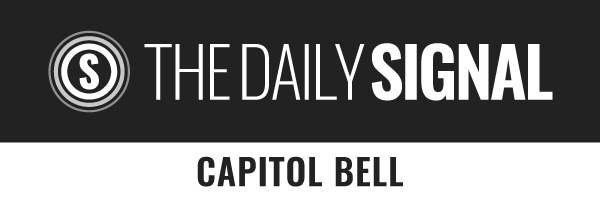WHY I LEFT GREENPEACE - THE MISSION, ONCE NOBLE, HAD BECOME CORRUPTED
Patrick Moore explains why he helped to create Greenpeace, and why he decided to leave it. What began as a mission to improve the environment for the sake of humanity became a political movement in which humanity became the villain and hard science a non-issue.
In 1971 I helped found an environmental group in the basement of a Unitarian church in Vancouver, Canada. Fifteen years later, it had grown into an international powerhouse. We were making headlines every month. I was famous. And then I walked out the door.
The mission, once noble, had become corrupted -- political agendas and fear mongering trumped science and truth. Here's how it happened.
When I was studying for my PhD in ecology at the University of British Columbia, I joined a small activist group called the Don't Make a Wave Committee. It was the height of the Cold War; the Vietnam War was raging. I became radicalized by these realities and by the emerging consciousness of the environment.
The mission of the Don't Make a Wave Committee was to launch an ocean-going campaign against US hydrogen bomb testing in Alaska, a symbol of our opposition to nuclear war. As one of our early meetings was breaking up, someone said, "Peace," A reply came, "Why don't we make it a green peace," and a new movement was born.
Green was for the environment and peace was for the people. We named our boat "The Greenpeace" and I joined the 12-person crew for a voyage of protest.
We didn't stop that H-bomb test but it was the last hydrogen bomb the United States ever detonated. We had won a major victory.
In 1975, Greenpeace took a sharp turn away from our anti-nuclear efforts and set out to Save the Whales, sailing the high seas to confront Russian and Japanese whalers. The footage we shot -- young protesters positioned between harpoons and fleeing whales -- was shown on TV around the world. Public donations poured in. By the early 1980s we were campaigning against toxic waste, air pollution, trophy hunting, and the live capture of orca whales.
But I began to feel uncomfortable with the course my fellow directors were taking. I found myself the only one of six international directors with a formal science background. We were now tackling subjects that involved complex issues of toxicology, chemistry, and human health. You don't need a PhD in marine biology to know it's a good thing to save whales from extinction. But when you're analyzing which chemicals to ban, you need to know some science. And the first lesson of ecology is that we are all interconnected. Humans are part of nature, not separate from it. Many other species, disease agents and their carriers, for example, are our enemies and we have the moral obligation to protect human beings from these enemies. Biodiversity is not always our friend.
I had noticed something else. As we grew into an international organization with over $100 million a year coming in, a big change in attitude had occurred. The "peace" in Greenpeace had faded away. Only the "green" part seemed to matter now. Humans, to use Greenpeace language, had become "the enemies of the Earth." Putting an end to industrial growth and banning many useful technologies and chemicals became common themes of the movement. Science and logic no longer held sway. Sensationalism, misinformation, and fear were what we used to promote our campaigns.
The final straw came when my fellow directors decided that we had to work to ban the element chlorine worldwide. They named chlorine "The Devil's Element," as if it were evil. But this was absurd. Adding chlorine to drinking water was one of the biggest advances in the history of public health. And anyone with a basic knowledge of chemistry knew that many of our most effective pharmaceuticals had a chlorine component.
Not only that, but if this anti-chlorine campaign succeeded it wouldn't be our wealthy donors who would suffer. Wealthy individuals and countries always find a way around these follies. The ones who suffer are those in developing countries, people we're presumably trying to help.
For example, Greenpeace has opposed the adoption of Golden Rice, a genetically modified variety of rice that contains beta carotene. Golden Rice has the potential to prevent the death of two million of the world's poorest children every year. But that doesn't matter to the Greenpeace crowd. GMO's are bad. So Golden Rice must be bad. Apparently millions of children dying isn't.
This kind of rigid, backward thinking is usually attributed to the "unenlightened" and "the anti-scientific." But I've discovered, from the inside out, that it can infect any organization, even those with names as noble sounding... as Greenpeace.
I'm Patrick Moore for Prager University.
Patrick Moore (born 1947) is a Canadian lobbyist and global warming skeptic.[3] He trades as Ecosense Environmental in Vancouver, and is a frequent public speaker on behalf of industry groups.[4] He was a member of Greenpeace from 1971 to 1986.
He has sharply and publicly differed with many policies of major environmental groups, such as Greenpeace itself, on other issues including forestry, biotechnology, aquaculture, and the use of chemicals for many applications.[5] According to Greenpeace, he is "a paid spokesman for the nuclear industry, the logging industry, and genetic engineering industry."[6] He is an outspoken proponent of nuclear energy[7] and skeptical of sole human responsibility for climate change.[8]


No comments:
Post a Comment